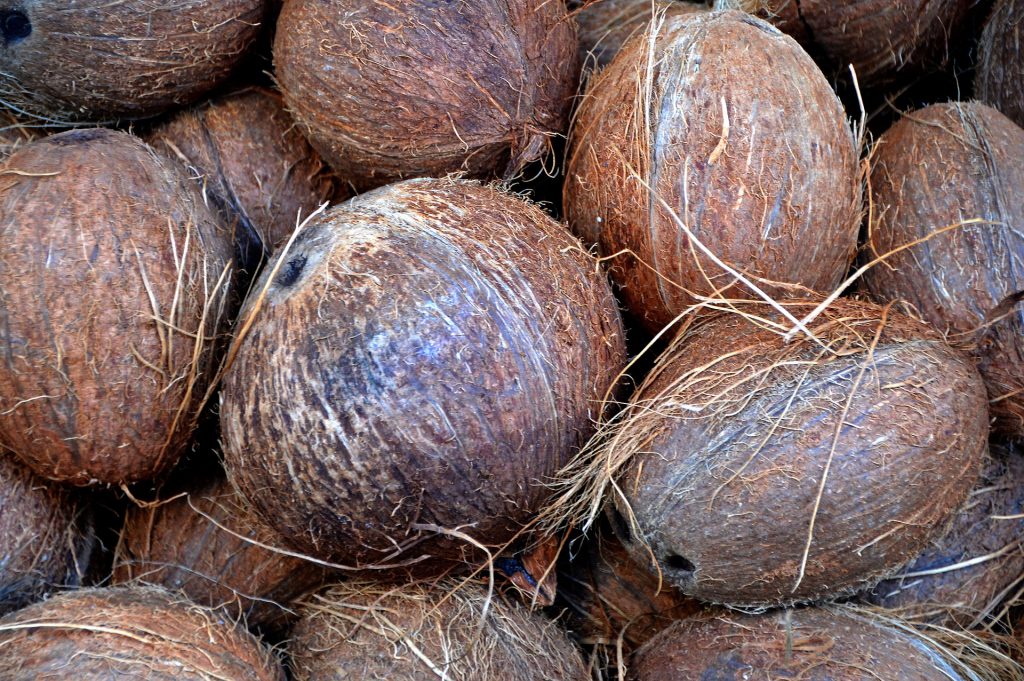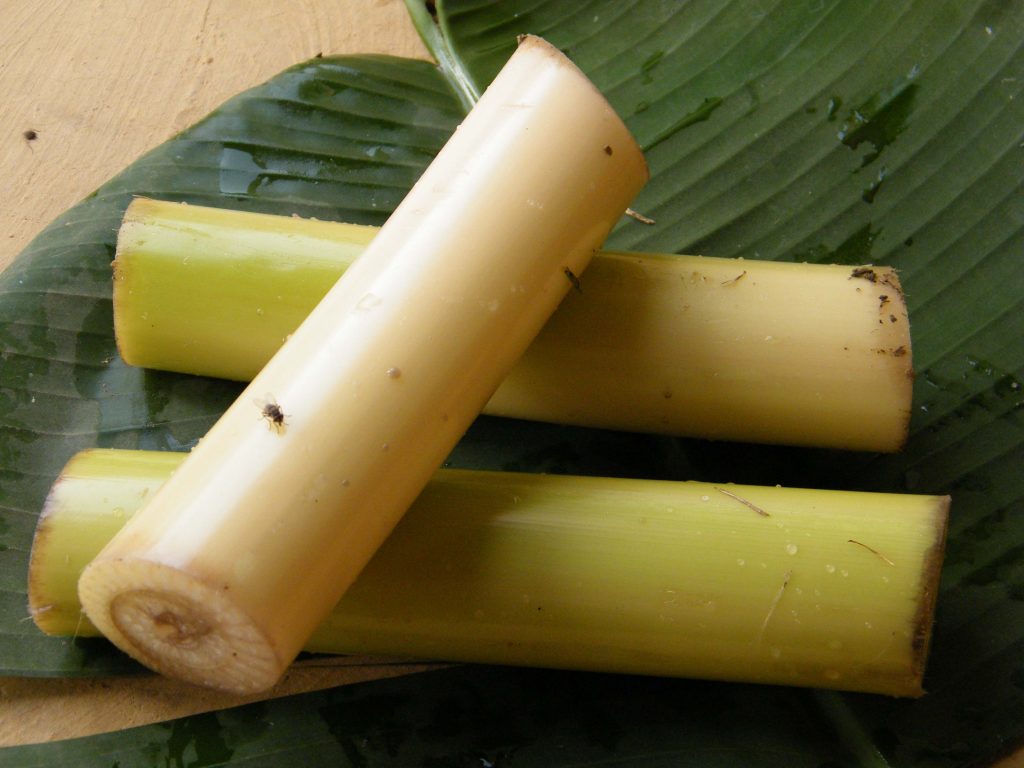
For the First Time: Fruit Fibers is the Future of Textile Industry
Cotton holds at least one-third of the fiber consumption in the textile industry. To produce cotton, it requires severe labor and usage of tons of pesticides, chemicals, and fresh water.
However, recently there are a lot of innovations and revolutionary discovery that could be an alternative to cotton. Fruit fibers are making its way to be the future of the textile and fashion industry.
Pineapples leaves

Source: https://www.pexels.com/photo/beach-sand-fruits-seashore-27269/
People usually think of pineapples as a healthy drink or pizza topping. However, Carmen Hijosa thought differently. When Hijosa visited and worked as a leather goods consultant in the Philippines, she discovered the wonders of pineapples.
Piña fabric is already known and used in the Philippines as fibers for traditional clothing. The fabric is known for its lightweight and fine qualities. The fabric is perfect for warm climates. Besides for traditional clothes, the agricultural waste is also alternative materials for home textiles, apparel, nonwoven industrial fabrics, and upholsteries.
Usually, the pineapple fibers are naturally glossy in ivory-white color. The dreamy and delicate cloth is soft and fine with a high luster translucent texture. Considering that there are only a few hand weavers that weave the fabric, it is precious and limited, which makes it expensive as well.
Except for the piña fabric, pineapple leaves now creates leather. Thanks to Carmen Hijosa’s idea, pineapple wastes are now useful for the textile industry. A brand called Piñatex introduced the pineapple leather to the public. The company made the pineapple leathers an alternative to traditional leather. Leather consultant Hijosa used the Barong Tagalog as an inspiration.
The unique thing about the piña leather is it’s completely vegan. Moreover, the leather is also biodegradable which will help Mother Nature’s preservation. It won’t contribute any destructive pollution to the environment. Compared to the piña fabric and traditional leather, the leather is inexpensive. The leather is capable of having different textures, colors, and thickness.
The new textile will help combat pollution and waste issues. It will also benefit pineapple farmers financially as pineapple leaves are the waste to most of them.
Coconut Husk

Source: https://pixabay.com/en/coconut-nuts-market-brown-1583223/
Coconut palm or has recently strengthened its nickname as the tree of life. The humble fruit goes beyond its milk, water, and meat. Among its uses, the fruit’s husks possess fibrous qualities. In every thousand coconuts, there is at least 10 kg of fiber.
Fibers made from husks are good choices for sportswear. However, the husk fiber doesn’t limit itself in sportswear only but are also perfect for women dresses, bras and leggings. Usually, fabrics for any active wear are problematic because it must be comfortable and can take the wearer anywhere.
The fabric is from the recycled coconut husks. The fibers and yarns from the husks contain activated carbon. The fabric consists of some properties that give a lot of benefits to sportswear designer. Additionally, coconut textiles dry faster compared to cotton. Also, the fiber provides less odor when sweating because it reduces absorption in the fabric pores.
The textile is longer lasting and highly durable compared to cotton and bamboo. Also, it is wrinkle-resistant and provides sun protection.
If not yet satisfied from the valuable benefits of the husks, let’s add that it is useful for farmers when turned into a bio waste-based charcoal. It also helps in improving soil quality and aids in reducing pesticides.
Banana Stems

Source: https://upload.wikimedia.org/wikipedia/commons/b/b7/Posola.jpg
The fabric made from banana stems is good enough to be a substitute for real silk. The material of the fiber is from the banana stalk. The idea is not new to some Asian countries mainly Japan since they’ve used it since the 13th century.
The fiber from banana has a natural sheen, and its inner strands are very fine, which allows the fiber to reflect the hand of silk. However, banana is also an alternative to other fabrics. Banana fibers’ quality varies to the inside of the stalk, same goes with the type of textile produced.
When the inner strand is fine and smooth, the outer parts are coarser. The banana fibers can also be hand weaved like pineapple and produced to linen or hemp. For the fibers that are coarse and thick, they mostly turned those to handbags.
Takeaway
Instead of cotton, the three fruit can also create fibers that will aid in bringing success to the textile industry. On the positive side, these fruit fibers help in pollution and waste problems. Moreover, they are biodegradable which is helpful to the environment.
The recent innovation is great alternatives for cotton and is making way for textile and fashion industry.



